Indian Fashion Frills Saris The sari has received enormous attention from the Western media in the past decade or so. A simple unstitched nine yards of fabric, the sari is feminine and graceful and can be draped in dozens of ways. For office wear, women opt for traditional handloom saris with simple patterns as well as lightweight chiffon and crepe saris with subtle prints. During autumn and winter, seasons for most Indian festivals, saris with heavy embellishments and intricate embroidery are far more popular. Saris made of super net and tissue, velvet, silk and jacquard are worn for festivals like Diwali and for attending weddings. Some of the best known traditional Indian saris include Kanjeevaram saris, Benarasi saris, tussar saris, brocade saris, and Chanderi saris.
|  |
Salwar-kameez The kameez refers to a tunic-like garment, worn with the salwar, which is a loose-fitting pair of trousers, and a dupatta, similar to a long scarf. The churidar-kurta is an outfit similar to the salwar-kameez where the trousers have a more snug fit and numerous folds at the ankle. As with the sari, it is the fabric that determines whether a salwar-kameez will be worn for work or special events. Salwar-kameez made of cotton are the staple go-tos for work-wear and for lounging at home, and those made of glossy, heavier fabrics such as tussar, raw silk, velvet, silk and jacquard are worn for festivals, parties, and weddings. In the latter case, the outfit can be embellished with detailed thread work, elaborate zari and resham work, and sequin embroidery. |  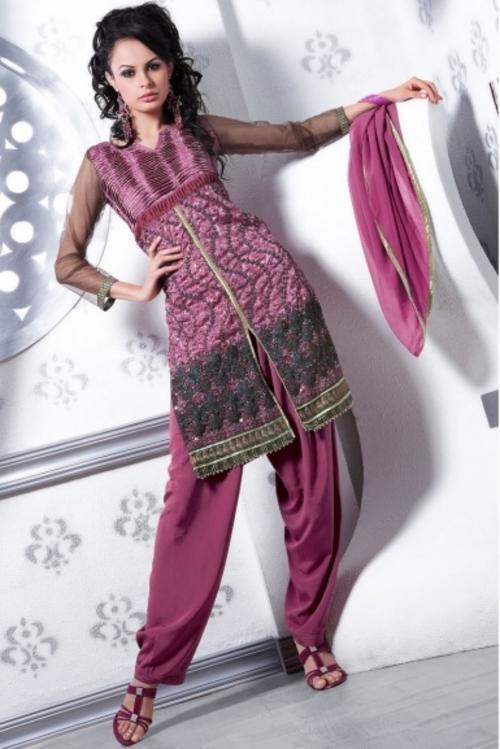 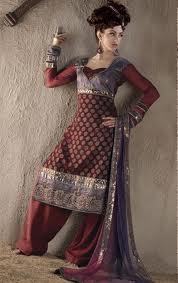 |
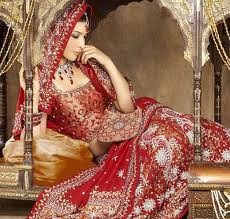 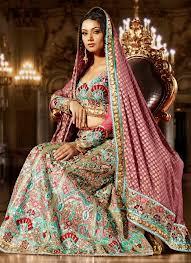 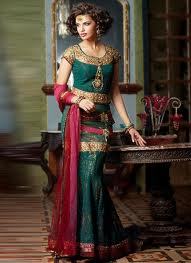 | Lehnga-choli The lehnga refers to a traditionally embroidered full-length skirt, often pleated, worn with a choli, a short (or long) blouse that leaves the midriff more or less exposed. This outfit is also worn with a dupatta that can be draped in several ways. The lehnga-choli is also known as the ghagra-choli and chaniya choli. Unlike the sari and the salwar-kurta, the lehnga-choli is almost exclusively reserved for festivities and weddings. |
| Indian cultural wear comprises of dozens of traditional garments, but the sari and salwar-kameez are worn across the length and breadth of the country. Unlike most of the Western world, there are no fixed dress codes when it comes to traditional Indian wear. The fabric and craftsmanship of these garments, rather than the garment itself, determines its wearability for a given occasion, be it for work or a social event. | |